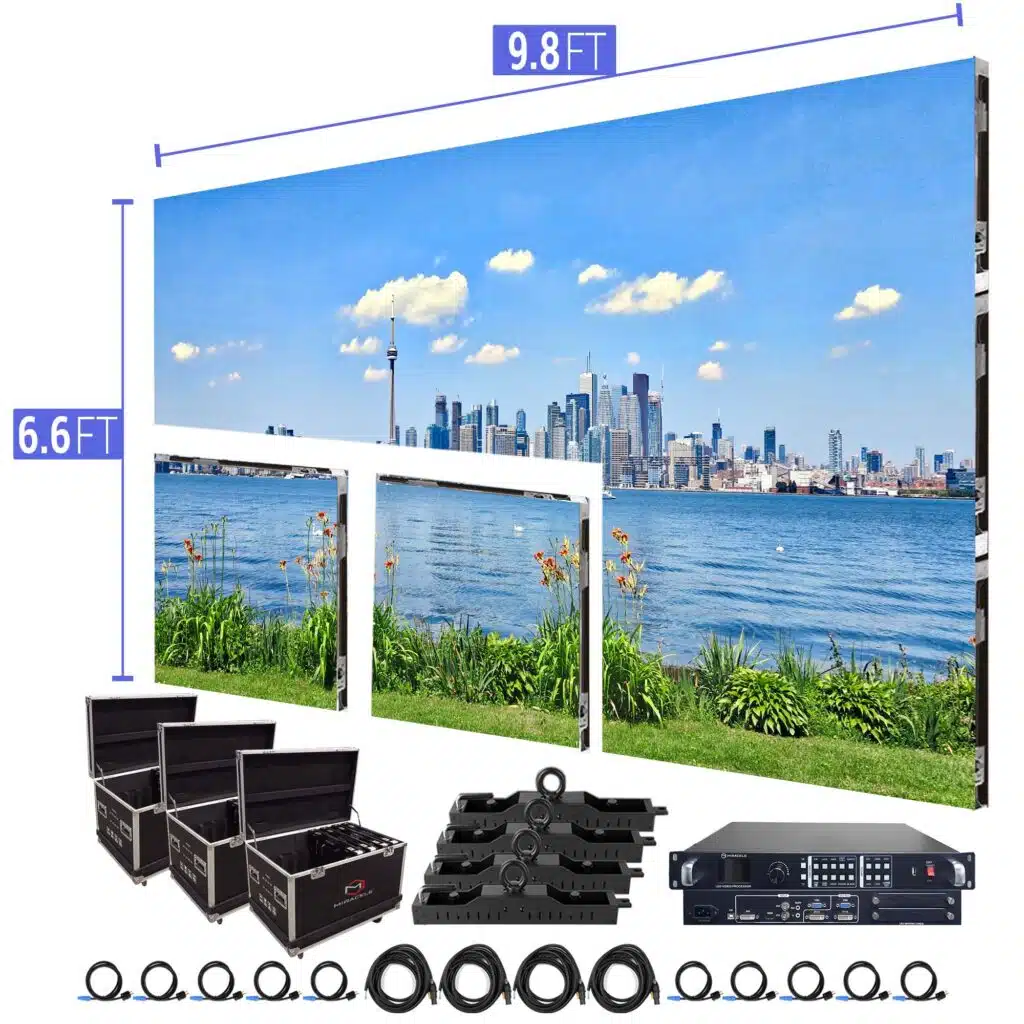Comprehending the Frequent Causes of Light Emitting Diode Screen Display Breakdown
Wiki Article

LED panel panels are widely utilized in multiple environments, from advertisements to home cinemas. These screens are popular because they provide bright and vibrant images while being energy-efficient. However, like all digital devices, LED wall panels can experience failures. Understanding the frequent causes of these malfunctions is important for maintaining their functionality and guaranteeing longevity. This article examines several critical elements that can lead to the malfunctioning of LED panel panels.
One of the most common reasons of failure in LED panel screens is overheating. LED technology generates heat during operation, and if this heat is not adequately managed, it can harm internal parts. Poor ventilation or insufficient cooling systems can exacerbate the issue. When the heat increases beyond the recommended levels, it can result to reduced brightness, color deviation, or total breakdown of the panel. Regular maintenance, including cleaning air vents and maintaining adequate ventilation, can assist avoid overheating and extend the life of the panel.
Another significant cause leading to LED panel screen failure is power surges. Variations in the electric supply can result in harm to digital components within the screen. Sudden jumps in electricity can lead to blown fuses or damaged circuits, leading in non-functional screens. Using surge safeguards and power controllers can mitigate this risk by normalizing the electricity supply and protecting sensitive digital view parts. Making sure that the power infrastructure is up to code and able of supporting the electricity needs of the screen is also critical.
Environmental factors play a crucial role in the functionality of LED panel screens. Contact to extreme temperatures, humidity, or dust can negatively impact their functioning. For instance, high moisture can result to water buildup inside the screen, which can result in short circuits or corrosion of internal components. Similarly, excessive dust accumulation can block ventilation and result to overheating. Placing LED screens in regulated settings and regularly cleaning them can help maintain optimal functionality and avoid failures.
Additionally, production defects can lead to early failures in LED wall panels. Quality control during go production is crucial to ensure that each panel meets industry standards. Defective components or poor construction can lead in problems such as dead pixels or uneven brightness. It is important for buyers to buy LED wall panels from reputable manufacturers that provide warranties and support. This guarantees that any potential defects can be addressed promptly, minimizing downtime and annoyance.
In summary, comprehending the frequent causes of LED wall screen malfunction can help consumers take proactive measures to ensure their durability and functionality. By tackling overheating, safeguarding against power spikes, taking into account external conditions, and selecting quality products, users can greatly minimize the risk of failure. Regular care and knowledge of these elements will result to a superior experience with LED wall screens, regardless for personal or professional use.